
 |
|
|
Looking Ahead
Volume 57 Number 15 Date 07/26/2012 CORN ROOTWORM - Surveys conducted in the south-central and central districts found variable counts of 0.1-9.3 beetles per plant this week, with an average of 0.9 per plant. Economic populations of 0.75 or more beetles per plant were documented in 6 of 36 (17%) sampled fields. Preliminary results of the annual beetle survey indicate that populations are generally high in the south and low to moderate in the central area. Emergence of rootworm adults is expected to peak by early August, although egg deposition in corn fields should continue for several more weeks. EUROPEAN CORN BORER - The treatment window for second generation larvae has closed in locations where the degree day standard has surpassed 2,100 (base 50°F). Corn fields should be inspected next week for egg masses and larvae. Management decisions must be made very soon, before the larvae have bored into corn stalks and ears. WESTERN BEAN CUTWORM - Moth numbers have declined substantially at most monitoring locations, signaling the end of the adult flight. The cumulative state total as of July 25 is 3,078 moths in 129 pheromone traps. Moth counts for the trapping period of June 13-July 25 are provided in the CORN section. JAPANESE BEETLE - Defoliation was observed at the rate of 5-15% in soybeans as far north as Eau Claire County. The most serious infestations were found in Grant, Monroe and Sauk counties in the past week. Leaf injury by the combination of Japanese beetles, grasshoppers, green cloverworms and various other defoliators should not exceed 20% between the bloom and pod-fill stages. CORN EARWORM - Significant flights of 45-157 moths were registered in Dane, Fond du Lac, Jefferson and Waushara counties again this week. Egg laying has intensified and is likely to continue throughout August, so regular scouting and control measures are in order. Sweet corn is susceptible to infestation as long as green silks are present. BROWN MARMORATED STINK BUG - Extension Entomologist Phil Pellitteri confirms that a single specimen of the brown marmorated stink bug (BMSB) was collected "at lights" in west Madison on July 14. This latest find, in combination with an earlier detection at a Middleton residence last spring, strongly suggests that the invasive stink bug is established in Dane County. The BMSB has been found indoors or in association with shipping materials on at least seven occasions since 2010, but to date has not been detected in any agricultural setting in Wisconsin. --Krista Hamilton, DATCP Entomologist 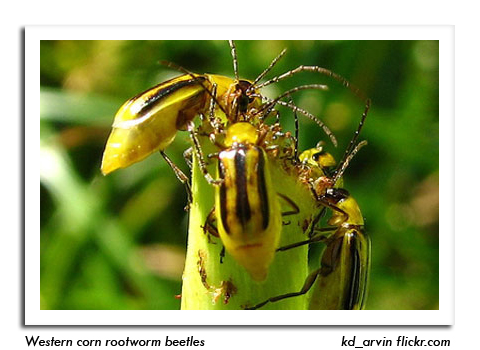
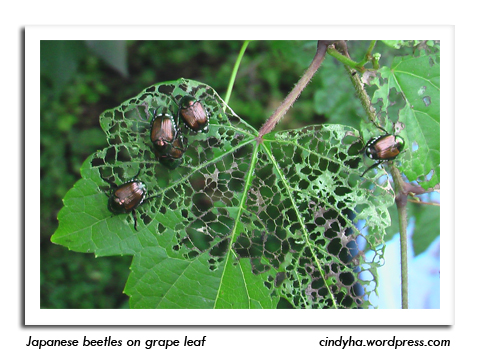
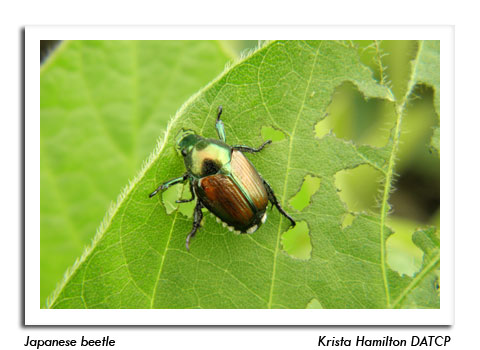
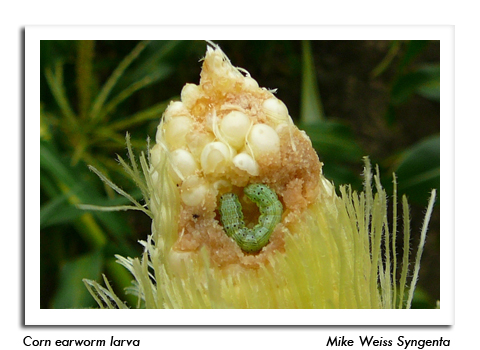
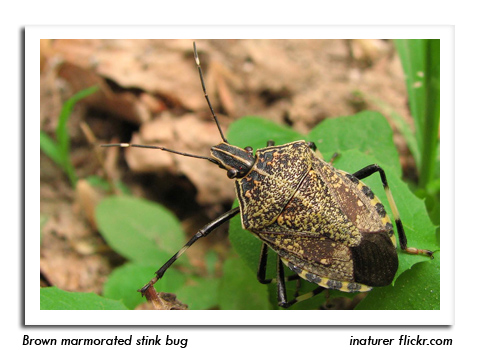
|
|
|